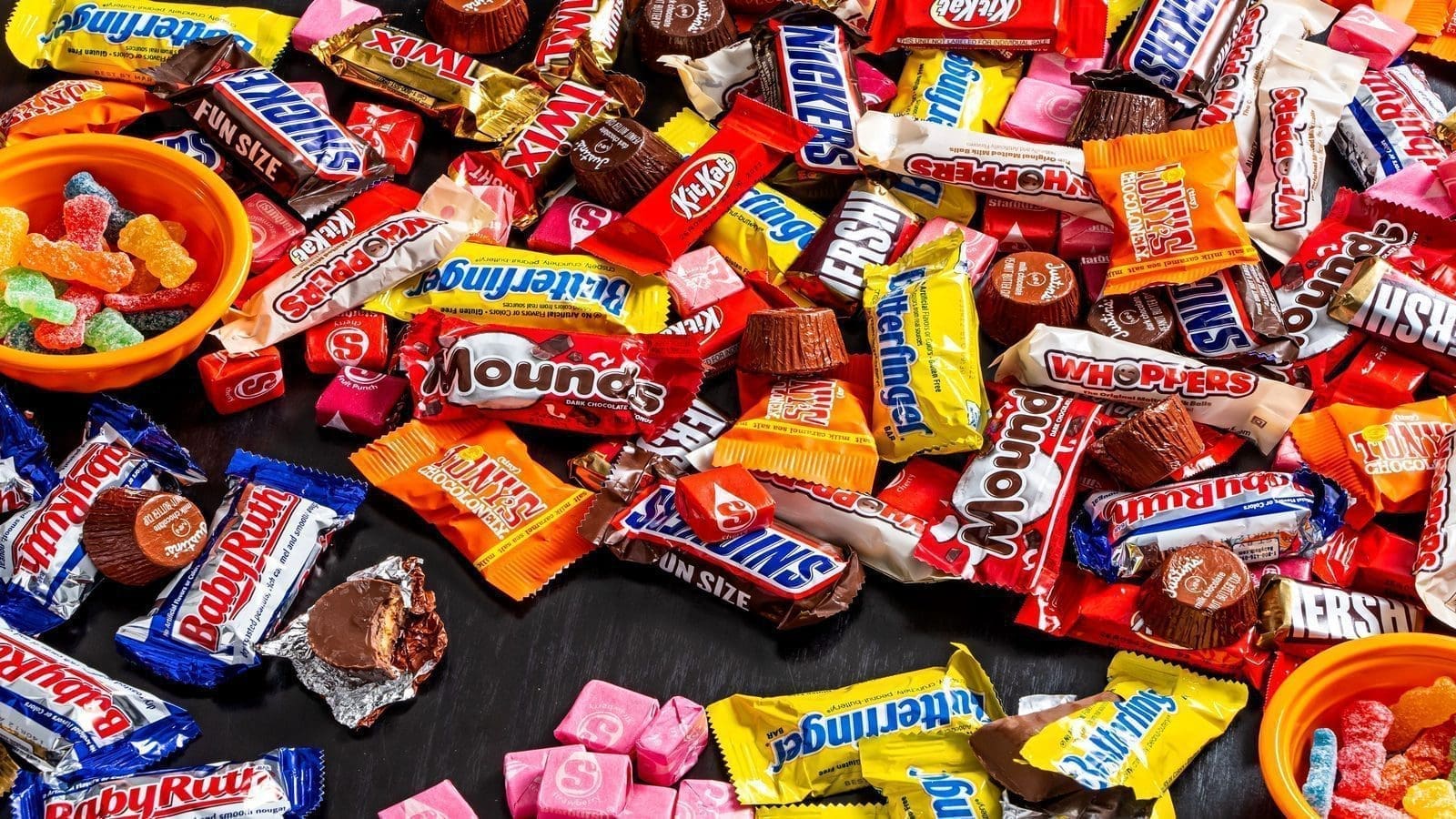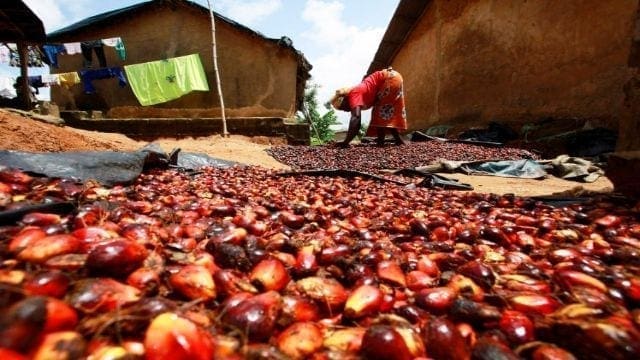USA – The candy industry in the United States has calorie reduction and labeling goals with major manufacturers surpassing the goal of limiting the calories of individually wrapped sweets to 200 calories or fewer.
According to a recent report from the Partnership for a Healthier America and the National Confectioners Association (NCA), 85% of all individually wrapped chocolate and candy sold in the US today contain200 calories or less.
The report indicated sweets produced by Mars Wrigley, Ferrero, Ferrara, Lindt, Ghirardelli, and Russell Stover complete the confectioners’ 2017 promise to reduce calories.
That year Confectioners and NCA also committed to putting front-of-pack calorie labels on 90% of their products.
According to the survey, front-of-pack calorie labels are now present on nearly all confectionery goods (94.8%), including 98% of retail checkout lane sweets.
With fewer calories, less sugar, and more nutrients, confectioners have been attempting to create goods that are thought of as healthier.
“It sure feels good when an entire industry reliably meets stakeholder expectations and helps our consumers and their families manage their sugar intake while they enjoy their favorite treats,” NCA President and CEO John Downs said.
Nancy Roman, president, and chief executive officer of PHA, applauded the confectionery sector for aiming to make candy portions both less harmful to health and of a suitable size
Consumers believe that sweet indulgences are significant on the whole. 98.4% of households possessed candy of some form last year, with sales reaching a record US$36.9 billion, according to the NCA’s 2021 State of Treating report.
Candy manufacturers have been attempting to create new goods over the past five years that are more relevant to consumers looking for healthier alternatives.
In an effort to combat obesity, Mondelez reduced the caloric content of all of its Cadbury chocolate bars sold in multipacks in the UK market in 2020 to under 200 calories.
For its Cadbury chocolate and wider biscuit items, 100-calorie packs are the target market.
In 2018 Cadbury Dairy Milk released products that included 30% less sugar, as the confectionery giant Cadbury stepped up its effort to reduce sugar in its products.
Meanwhile, Mars Wrigley pledged more than US$200 million in 2017 to implement the necessary improvements.
The business had already worked to introduce low-calorie versions of well-known sweets like M&Ms and Snickers, as well as 100-calorie versions of other candy like Snickers, Milky Way, Twix, Dove, 3 Musketeers, Skittles, and Starburst.
The former “King Size” goods were being replaced with portioned “Sharing Sizes,” and certain items were being packaged in resealable bags as part of Mars Wrigley’s efforts to reduce serving sizes.
Hershey did not participate in this agreement with PHA and NCA, but it had already committed to lowering the calorie content of half of its standard and king-sized goods to 200 calories or less and to labeling all of its candies with nutritional information.
Hershey also tested a plant-based bar last year developed using oats as an ingredient to improve upon plant-based chocolate options but has not mass-produced it.
Nancy Roman, president, and chief executive officer of PHA, applauded the confectionery sector for aiming to make candy portions both less harmful to health and of a suitable size.
Liked this article? Subscribe to Food Business Africa News, our regular email newsletters with the latest news insights from Africa and the World’s food and agro-industry. SUBSCRIBE HERE.











